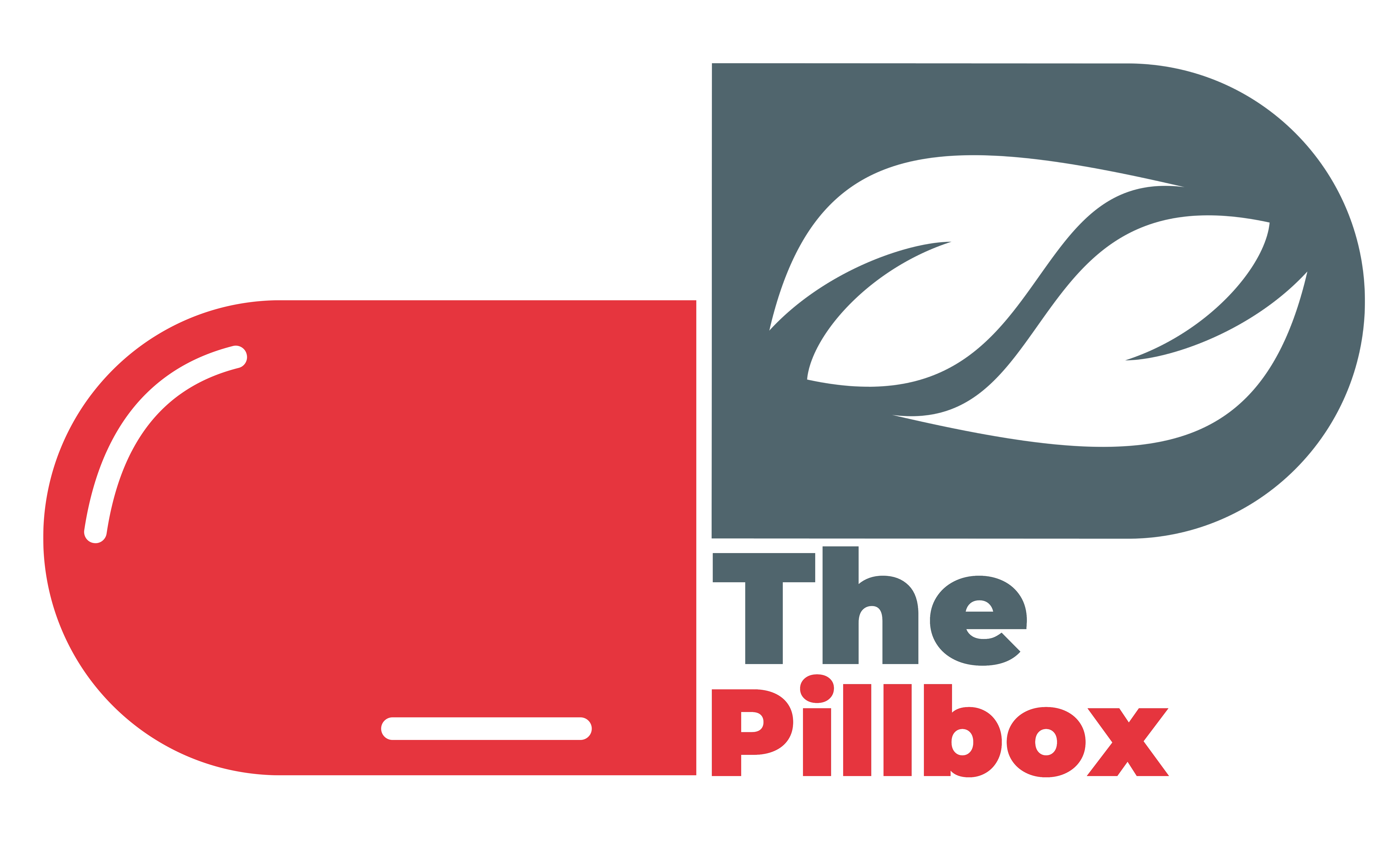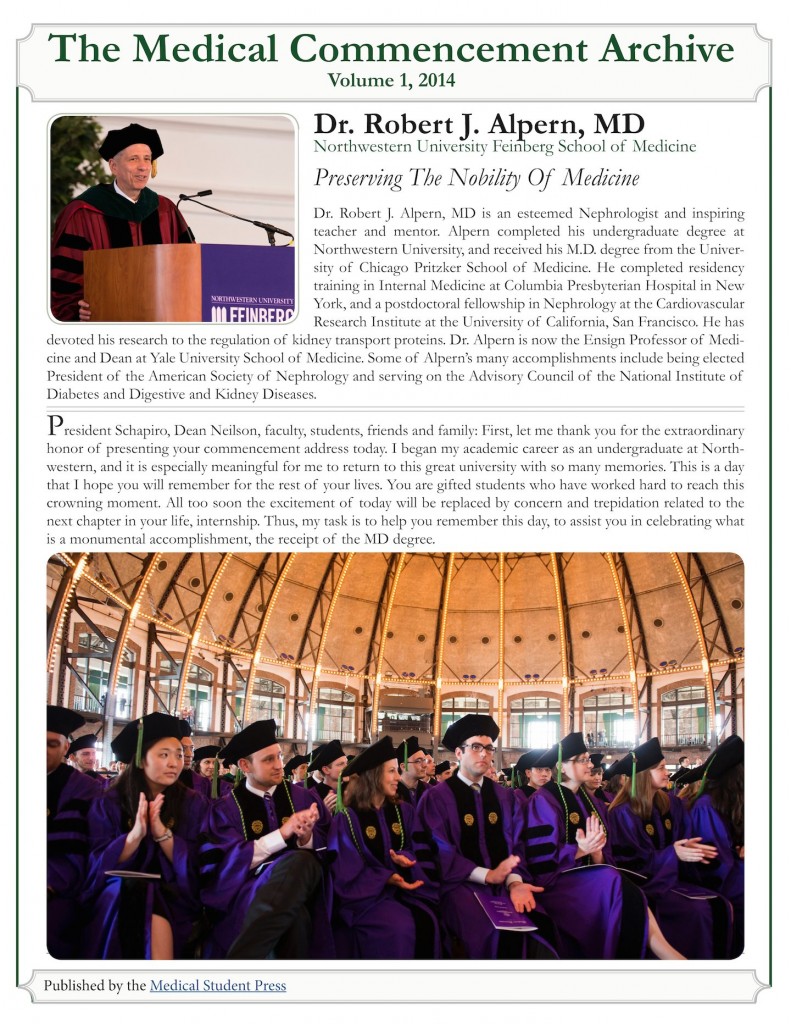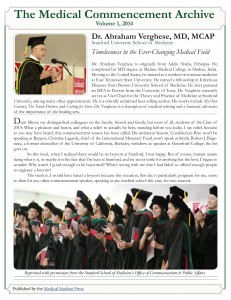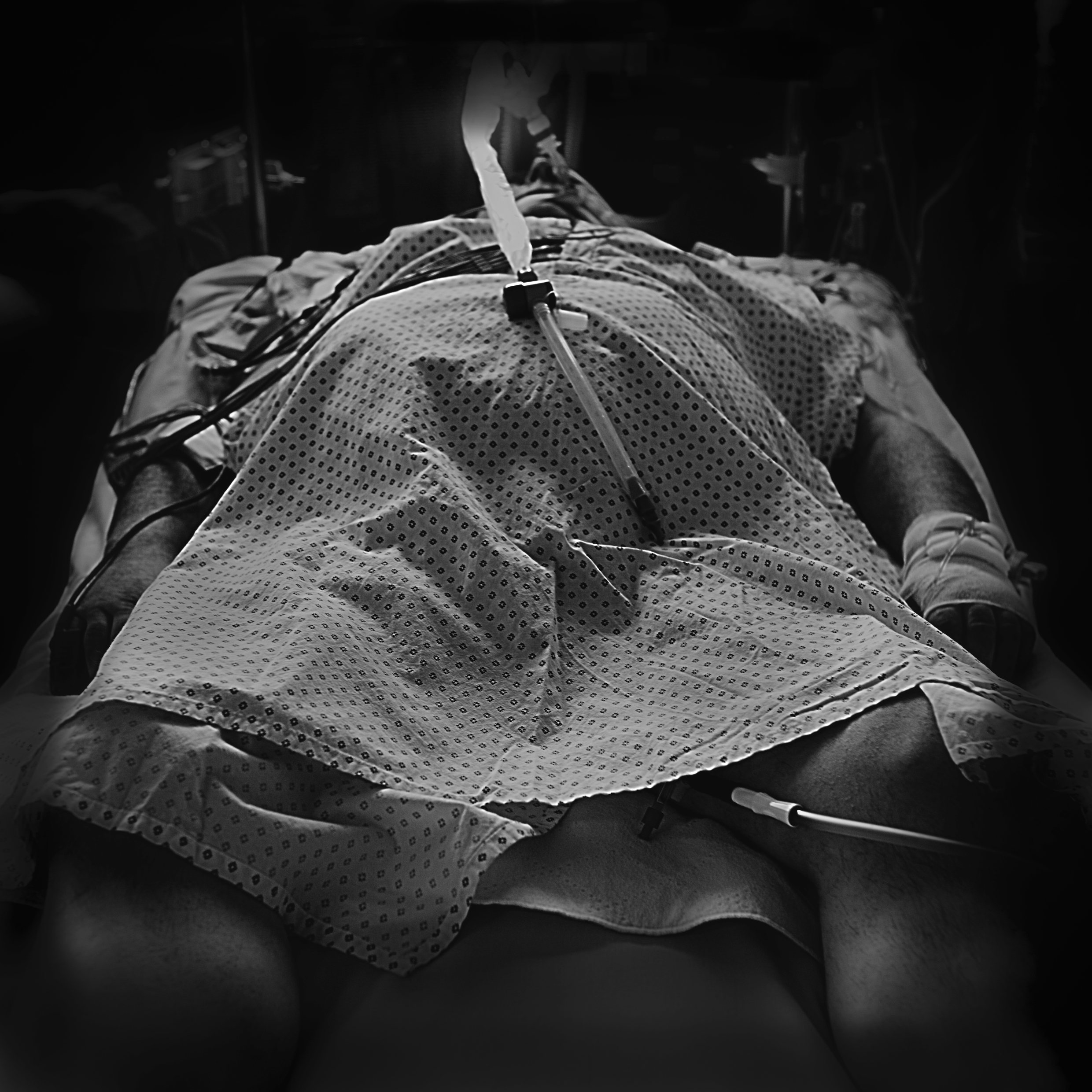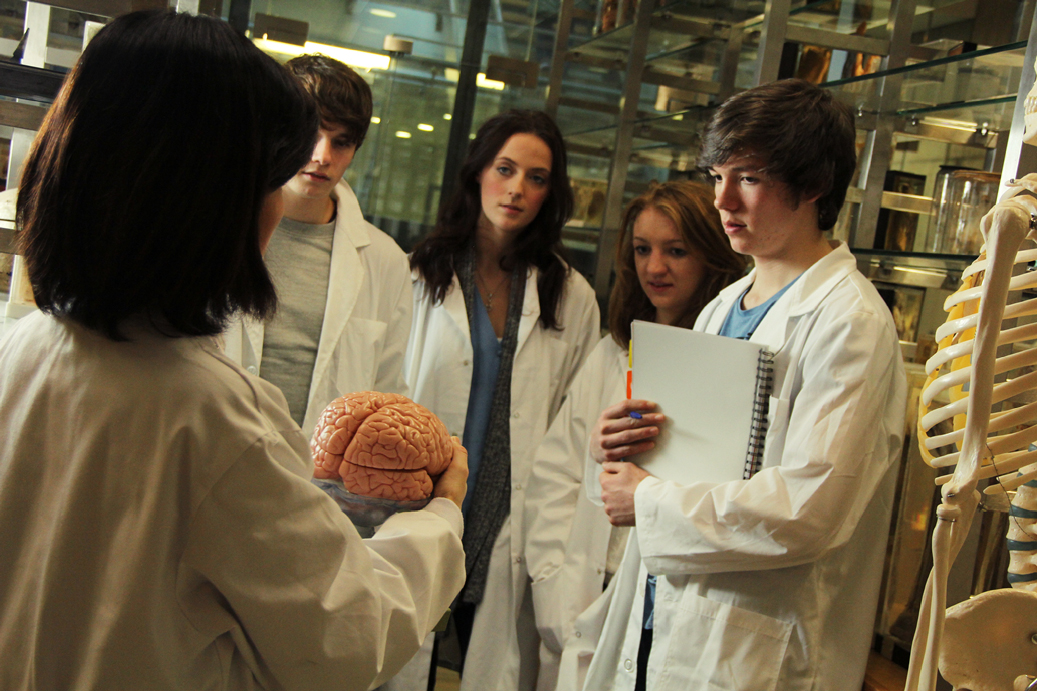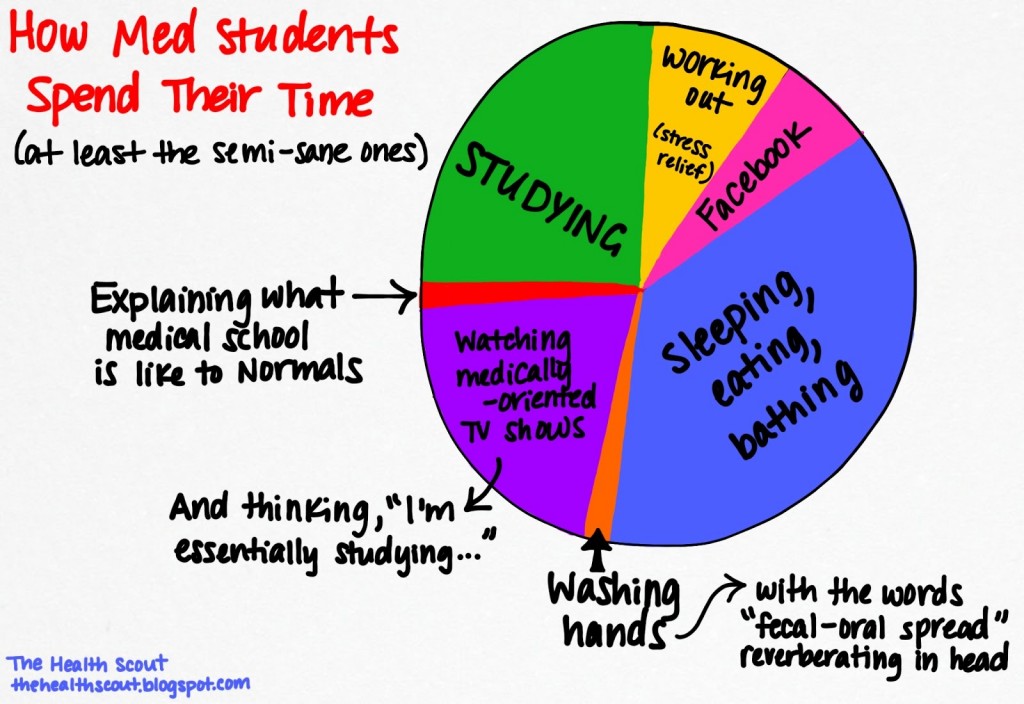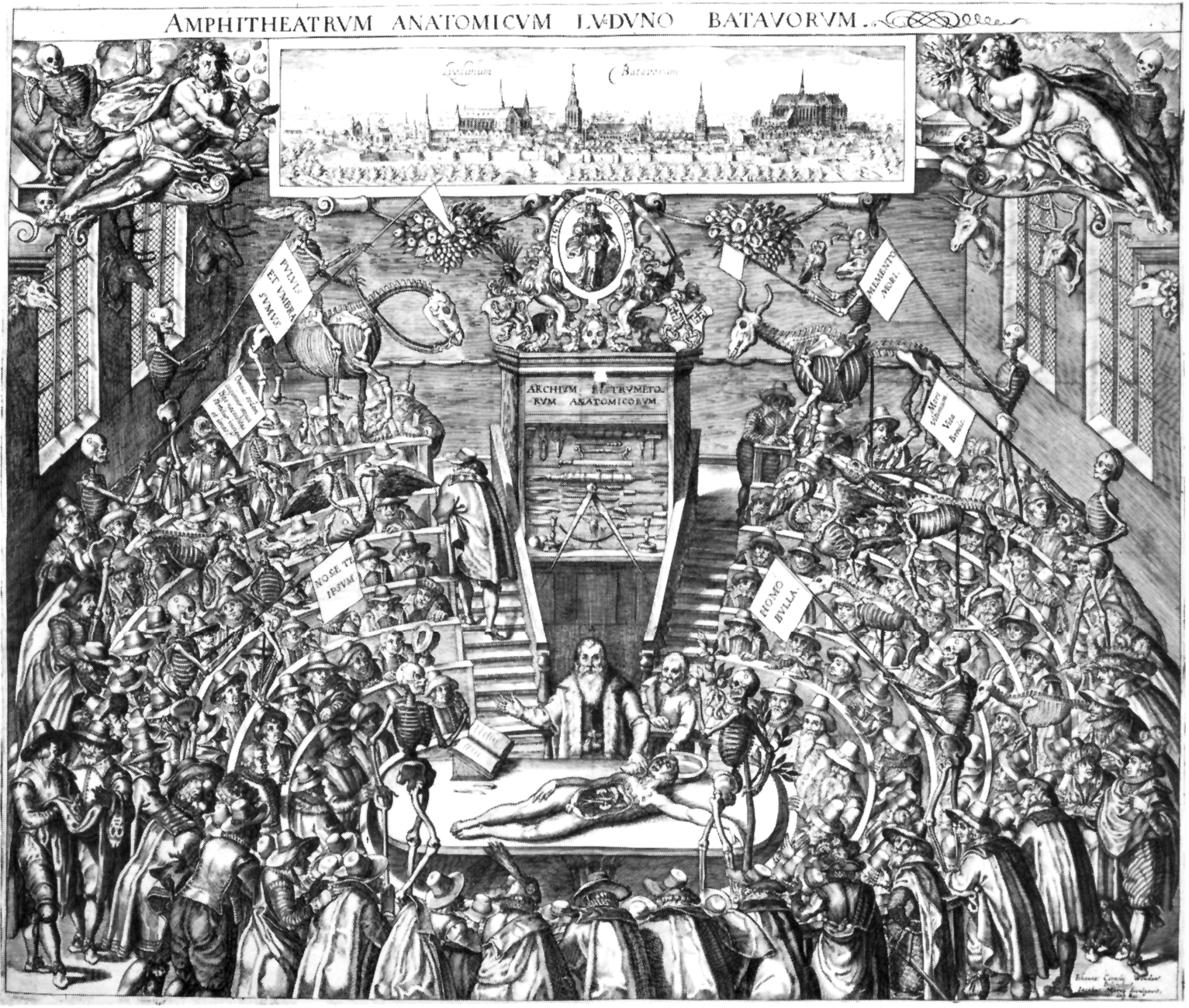Mr. Gerald knew the exact day, three years ago that his wife moved into assisted living due to her early-onset dementia and primary progressive aphasia. After being admitted, she suffered a femur fracture, underwent surgery, and soon was no longer able to walk. Her dementia progressed rapidly. As I sat collecting interview data from Mr. Gerald in the hallway, his wife was being moved from her bed to her wheelchair; she was now unable to speak, only able to change her facial expressions and occasionally move her hands. I feared talking to Mrs. Gerald’s love, as I knew that he must be hurting tremendously. Making Mr. Gerald relay the struggles of the last few years simply for the sake of practicing my interview skills felt wrong. My sorrow began to mirror Mr. Gerald’s as the story of his wife’s incurable condition unraveled. He told me the intimate details of the Gerald family dynamic with great accuracy, stating that he was happy to be teaching medical students about their experiences.
“I am with my wife every morning and afternoon for six days of the week; our daughter comes on the seventh day. I am her companion and I keep her active constantly.” Honored to be speaking to such a dedicated husband, I asked, “…and what is that time like? Do you feel that your presence helps your wife with her condition?” Silence fell upon the room. Mr. Gerald tried to speak but was caught by tears. “Please,” I said, “you don’t have to talk about anything that you don’t want to – you are doing such incredible things for your wife. Thank you so much for sharing with us.” The other medical students added their humble thanks and Mr. Gerald continued,
“the aids here, the nurses, they tell me that my wife lights up when I am around – that it is simply not the same when I am not here.”
I asked Mr. Gerald about the strain that this illness has had on life and he relayed that tending to his wife was indeed difficult but it was his duty to do so for his loved one. Being by her side was crucial to him. He described his other daily activities, revealing the healthy social and family life that he maintains outside the assisted living facility.
The physical examination was next, so we moved into Mrs. Gerald’s room. Calling her by her nickname, Mr. Gerald walked in with great enthusiasm and began attending to his wife. Her eyes opened and she smiled, fixating all her attention on her love and ignoring the three white coats that brooded over her.
Once my time with Mr. and Mrs. Gerald was over, I consulted Mrs. Gerald’s medical file. As I read, I came across notes from the assisted living facility’s social worker:
“Mr. Gerald visits his wife frequently. With time, he should do so less.”
That is all that was written. Posing that family or friends aught to visit their ill loved ones less often is not such a cut and dry topic and surely does not merit such stringent of a statement. All families react to illness differently and this should not only be understood by healthcare providers but respected. This was a case of absolute dedication. The physician-patient relationship is secondary to the loving human relationships that enrich patients’ lives. Recognizing this essential fact is crucial to approaching patients and their loved ones humbly – without it, true healing is not attainable.
Featured image:
